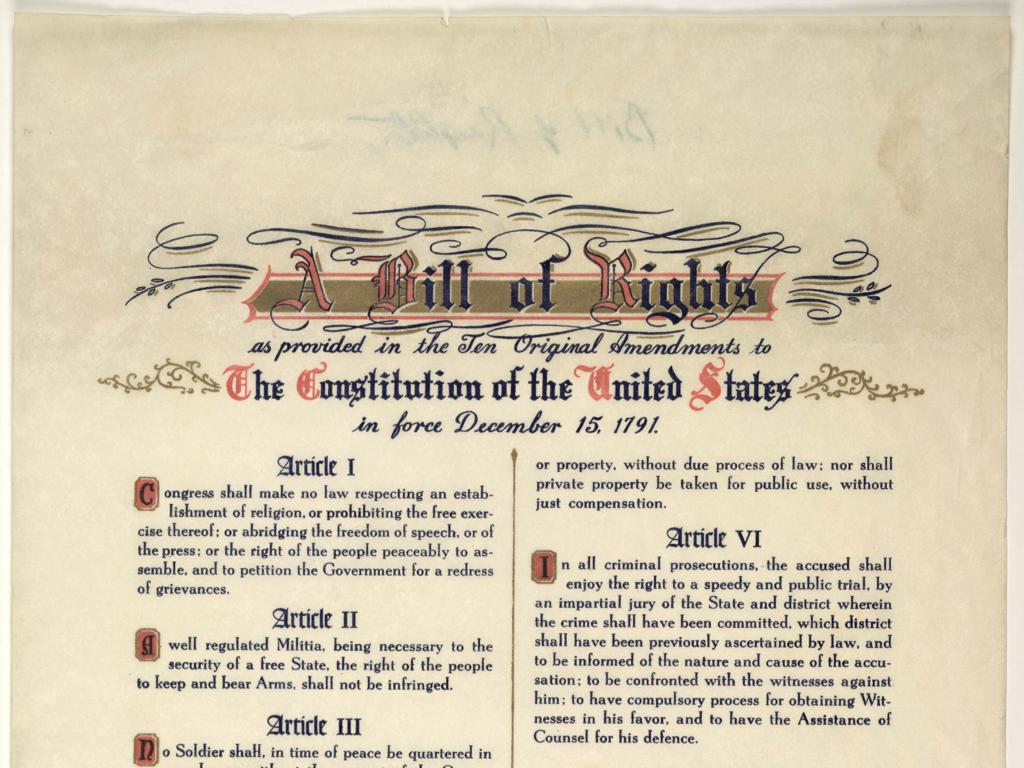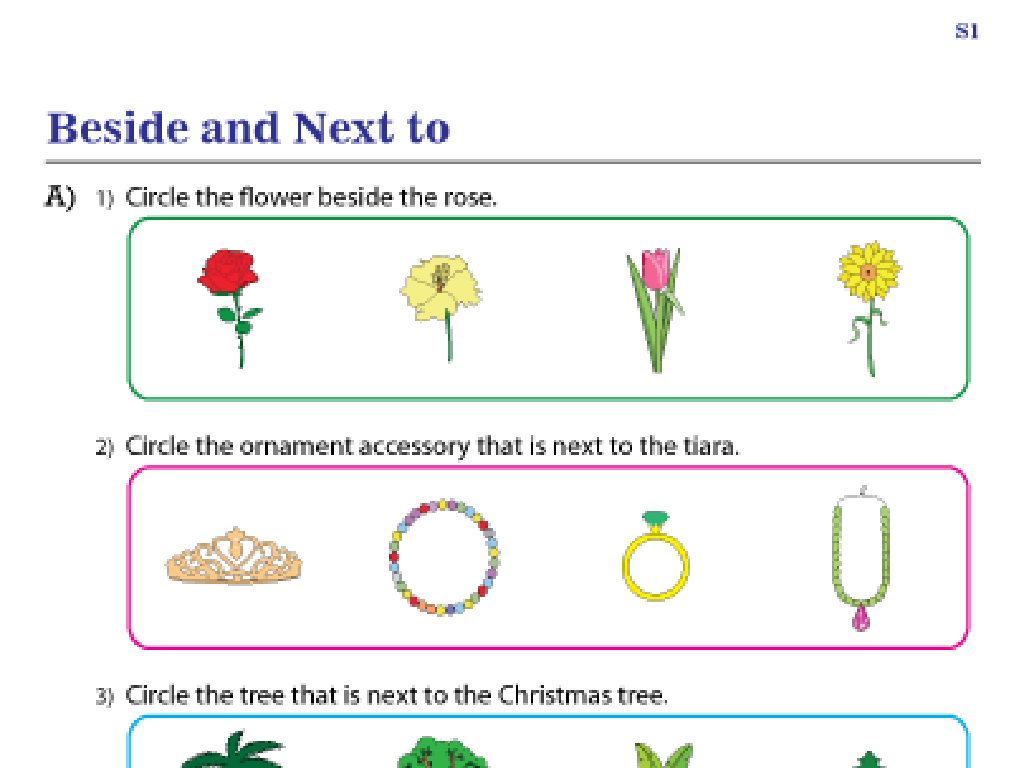Multiply And Divide Positive And Negative Decimals
Subject: Math
Grade: Seventh grade
Topic: Operations With Rational Numbers
Please LOG IN to download the presentation. Access is available to registered users only.
View More Content
Multiplying and Dividing Decimals
– Understanding decimal signs
– Positive numbers are above zero, negative below.
– Rules for multiplying decimals
– Same signs multiply to positive, different to negative.
– Dividing decimals
– Division rules mirror multiplication.
– Real-life decimal applications
– Use in finance, measurements, and statistics.
|
This slide introduces students to the concept of multiplying and dividing positive and negative decimals. Begin by explaining the significance of the signs, with positive numbers representing values greater than zero and negative numbers representing values less than zero. Clarify the rules for multiplication: when the signs of the two numbers are the same, the result is positive; when the signs are different, the result is negative. The same logic applies to division. Emphasize the importance of these operations in real-life scenarios such as managing money, measuring ingredients in cooking, and interpreting data in statistics. Provide examples for each case to ensure students can see the practical applications of what they’re learning.
Review of Decimals: Understanding the Basics
– Recap: What are decimals?
– Decimals represent fractions of a whole number.
– Identifying decimal places
– Decimal places count the digits after the decimal point.
– Positive vs. Negative decimals
– Positive decimals are above zero, negative below.
– Multiplying & dividing decimals
– Apply rules for multiplying/dividing positives and negatives.
|
Begin with a quick review of what decimals are and how they represent parts of a whole, which is essential for understanding operations with them. Explain the significance of decimal places and how they affect the value of the number. Clarify the difference between positive and negative decimals, emphasizing that positive decimals are greater than zero and represent amounts above zero, while negative decimals are less than zero and represent deficits or amounts below zero. Finally, introduce the rules for multiplying and dividing decimals, particularly focusing on how the signs of the numbers affect the outcome. Provide examples for each case to solidify understanding.
Multiplying Positive and Negative Decimals
– Rules for multiplying decimals
– Same sign multiplication
– When signs are the same, the product is positive
– Different sign multiplication
– When signs differ, the product is negative
– Example: -2.5 x 3.4
– Multiply as usual, then apply the sign rule
|
This slide introduces students to the rules of multiplying decimals, especially focusing on the sign of the numbers involved. When multiplying two decimals with the same sign, whether positive or negative, the result is always positive. Conversely, if the decimals have different signs, the result is negative. It’s crucial to first multiply the numbers as if they were both positive and then apply the sign rule. For example, multiplying -2.5 by 3.4, we first find the product of 2.5 and 3.4, which is 8.5, and then apply the sign rule (different signs) to get -8.5. Encourage students to practice with additional examples and to check their understanding by predicting the sign of the product before multiplying.
Dividing Positive and Negative Decimals
– Rules for dividing decimals
– Dividing same sign numbers
– When signs are the same, the result is positive
– Dividing different sign numbers
– When signs differ, the result is negative
– Example: -6.2 ÷ -1.5
– -6.2 ÷ -1.5 equals positive 4.133…
|
This slide focuses on the rules for dividing positive and negative decimals, a key concept in understanding operations with rational numbers. Start by explaining the general rules for decimal division, such as aligning the decimal points and how many places to move the decimal. Emphasize that when dividing numbers with the same signs, the quotient is always positive, whereas if the signs are different, the quotient is negative. Use the example of dividing -6.2 by -1.5 to illustrate these concepts with a real calculation, showing that two negatives make a positive. Encourage students to practice with additional examples and ensure they understand the rules by asking them to predict the sign of the result before calculating.
Decimal Operations: Practice Session
– Practice multiplying decimals
– Multiply positive & negative decimals
– Practice dividing decimals
– Divide decimals, note sign changes
– Review steps for each problem
– Go over multiplication & division steps
– Class discussion of solutions
– Share answers, clarify doubts together
|
This slide is designed for a hands-on practice session on multiplying and dividing positive and negative decimals. Provide students with a set of problems that include both positive and negative numbers to multiply and divide. Encourage them to pay close attention to the signs and to place the decimal correctly in their answers. After they have attempted the problems, review the steps taken to solve each one, ensuring they understand the process. Finally, open the floor for a class discussion where students can share their solutions, ask questions, and address any misconceptions. This collaborative review will reinforce their understanding and help them learn from each other.
Class Activity: Decimal Operations Relay
– Form teams for a relay race
– Solve decimal multiplication problems
– Multiply positive & negative decimals
– Solve decimal division problems
– Divide decimals, note sign of the result
– Race to finish first with correct answers
|
This activity is designed to make learning decimal operations engaging through a relay race. Divide the class into small teams. Each team will solve a series of decimal multiplication and division problems. Each team member takes a turn to solve a problem; if they get it correct, they pass the baton to the next teammate. Problems should vary in difficulty and include both positive and negative decimals to ensure a comprehensive understanding. The first team to have all members complete their problems correctly wins. This activity encourages teamwork, quick thinking, and application of skills in multiplying and dividing decimals. Prepare a set of problems for each team and consider having different sets to avoid copying. Ensure to go over the rules and provide examples of how to multiply and divide decimals, especially when dealing with negative numbers.
Wrapping Up: Decimals Operations
– Recap: Multiplying & Dividing Decimals
– Reviewed how to multiply and divide both positive and negative decimals.
– Why mastering this is crucial
– Understanding these concepts is key for advanced math topics.
– Homework: Decimal Operations Worksheet
– Practice makes perfect!
– Complete the provided worksheet to reinforce today’s lesson.
|
As we conclude today’s lesson on multiplying and dividing positive and negative decimals, it’s important to summarize the key points. Emphasize the importance of mastering these skills as they are foundational for higher-level math concepts such as algebra and calculus. For homework, students are assigned a worksheet that includes a variety of problems to practice decimal operations. This will help solidify their understanding and prepare them for more complex problems. Encourage students to attempt all problems and remind them that consistent practice is essential for mastery. Offer support for students who may need extra help and let them know they can reach out with questions.






